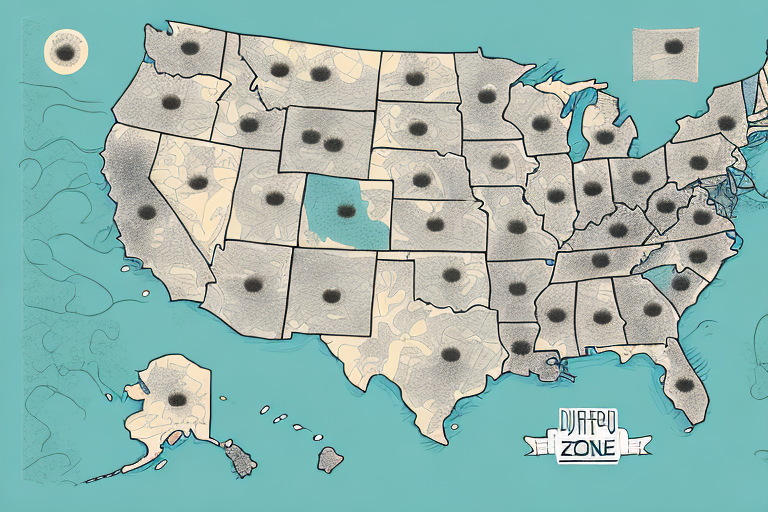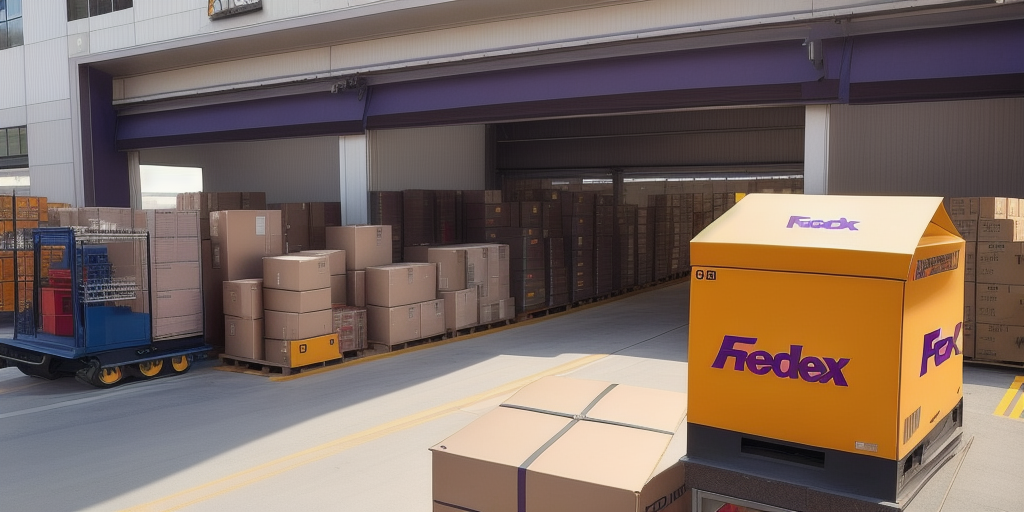Understanding the UPS Zones Chart: A Comprehensive Guide
Whether you're a business owner or an individual involved in shipping products, understanding the UPS Zones Chart is crucial for calculating accurate shipping costs. Misinterpreting this chart can lead to unexpected expenses and inefficiencies. This comprehensive guide delves into the essential aspects of the UPS Zones Chart, including its functionality, usage, and strategies to optimize your shipping costs effectively.
How the UPS Zones Chart Works
Definition of UPS Zones
The UPS Zones Chart is a tool used by UPS to determine shipping costs based on the distance between the origin and destination of a package. The United States is divided into nine zones, numbered from 1 to 9, where Zone 1 represents the closest locations and Zone 9 the farthest. The higher the zone number, the higher the shipping cost.
Factors Influencing Shipping Costs
Shipping costs are not solely determined by the distance between locations. Other critical factors include:
- Package Weight: Heavier packages incur higher shipping fees.
- Package Dimensions: Larger packages may require more resources and space, increasing costs.
- Shipping Speed: Expedited services like UPS Next Day Air are more expensive than ground services.
These factors combined with the zone number provide a comprehensive calculation of the shipping cost.
Reading and Interpreting the UPS Zones Chart
Understanding the Chart Structure
The UPS Zones Chart is typically structured as a matrix where the rows represent destination zones and the columns represent origin zones. To find your shipping cost:
- Identify the origin zone based on your location.
- Identify the destination zone for your package.
- Find the intersection point on the chart to determine the base shipping rate.
For precise calculations, UPS provides an interactive Zone Locator tool on their official website.
Dynamic Nature of Zones
UPS regularly updates its Zones Chart to reflect changes in their network infrastructure, such as new distribution centers or expanded service areas. It's advisable to consult the latest chart before finalizing your shipping plans to ensure accuracy.
Factors That Determine UPS Zone Rates
Distance
The primary determinant of the zone rate is the distance between the origin and destination. Longer distances naturally fall into higher zones, resulting in increased shipping costs.
Package Characteristics
Beyond distance, the weight and dimensions of your package significantly impact the shipping rate. UPS employs dimensional weight pricing for oversized packages, which can affect the total cost.
Service Type
Different UPS services, such as Ground, 2nd Day Air, or Next Day Air, come with varying costs. Faster delivery options generally fall into lower zones due to the expedited handling required.
Seasonal Demand
During peak seasons like the holiday period, shipping rates may fluctuate based on heightened demand. Planning ahead and being aware of these trends can help manage costs effectively.
Benefits of Understanding the UPS Zones Chart
Accurate Cost Estimation
Grasping the UPS Zones Chart allows for precise estimation of shipping costs, essential for budgeting and financial planning.
Enhanced Negotiation Power
Knowledge of the Zones Chart equips businesses with the information needed to negotiate better rates with UPS or consider alternative carriers.
Optimized Shipping Strategy
By understanding zone-based pricing, businesses can strategize their shipping methods and destinations to minimize costs while maintaining efficiency.
Optimizing Shipping Costs with the UPS Zones Chart
Utilizing the UPS Zone Locator
Use the UPS Zone Locator to determine the zones for your shipments accurately. This tool simplifies the process of identifying the appropriate zone for any origin-destination pair.
Package Consolidation
Consolidating multiple packages into a single shipment can reduce the overall zone-based costs. By optimizing package sizes and weights, you can achieve significant savings.
Choosing the Right Service Level
Selecting the appropriate UPS service level based on delivery time requirements can help balance cost and efficiency. For non-urgent shipments, UPS Ground offers a cost-effective solution within the same zone.
Leveraging Business Accounts
Businesses with high shipping volumes can negotiate better rates with UPS. Establishing a business account may provide access to discounted rates and additional benefits.
Avoiding Common Mistakes When Using the UPS Zones Chart
Ignoring Package Dimensions and Weight
Focusing solely on distance while neglecting package size and weight can lead to inaccurate cost estimations. Always consider all factors influencing the shipping rate.
Not Updating Zone Information
Zones can change as UPS expands its network. Ensure you reference the latest Zones Chart to avoid discrepancies in shipping costs.
Overlooking Promotional Rates
UPS occasionally offers promotional rates. Staying informed about such offers can result in additional savings.
Tips for Effectively Using the UPS Zones Chart
Stay Informed with UPS Updates
Regularly check the UPS website or subscribe to their newsletters to stay updated on any changes to the Zones Chart or shipping policies.
Use Dedicated Shipping Software
Implementing shipping software that integrates the UPS Zones Chart can automate cost calculations and streamline the shipping process.
Analyze Shipping Data
Review your shipping history to identify patterns and areas where cost optimizations can be made based on zone-based expenditures.
Calculating Shipping Costs with the UPS Zones Chart
Step-by-Step Calculation
- Determine the origin and destination ZIP codes.
- Use the UPS Zone Locator to find the corresponding zones.
- Refer to the UPS Zones Chart to find the base rate for the identified zone pair.
- Adjust the base rate based on package weight, dimensions, and chosen service level.
For a more streamlined approach, utilize UPS's Shipping Cost Calculator to obtain instant estimates.
Real-Life Examples
- Example 1: Shipping a 5 lb package from New York (Zone 4) to California (Zone 9).
- Example 2: Sending a 2 lb package from Miami (Zone 3) to Los Angeles (Zone 9) via UPS Ground.
- Example 3: Dispatching a 10 lb package from Chicago (Zone 5) to Seattle (Zone 8) using UPS 2nd Day Air.
Residential vs. Commercial Shipping Rates
Understanding the Differences
The UPS Zones Chart differentiates between residential and commercial shipping rates. Typically, commercial shipments are less expensive due to streamlined delivery processes and predictable delivery locations.
Implications for Shippers
When calculating shipping costs, ensure you select the correct rate type based on the shipment's destination. Misclassification can lead to unexpected fees or delivery delays.
Negotiating Better Shipping Rates
Leveraging Zone Knowledge
Understanding the UPS Zones Chart provides a strategic advantage when negotiating with UPS. You can identify cost-saving opportunities and present data-driven arguments for rate reductions.
Building a Shipping Strategy
Develop a comprehensive shipping strategy that includes optimal zone selection, service level choices, and volume commitments. A well-structured strategy enhances your bargaining position with carriers.
Exploring Alternative Carriers
While UPS is a leading carrier, exploring rates and services from competitors like FedEx or USPS can provide leverage in negotiations and uncover more cost-effective solutions.
Conclusion
The UPS Zones Chart is an indispensable tool for anyone involved in shipping, whether for business or personal purposes. By thoroughly understanding how it works, the factors influencing zone rates, and strategies to optimize shipping costs, you can make informed decisions that enhance efficiency and reduce expenses. Stay updated with the latest UPS policies and leverage available tools to maximize the benefits of the UPS Zones Chart in your shipping endeavors.








